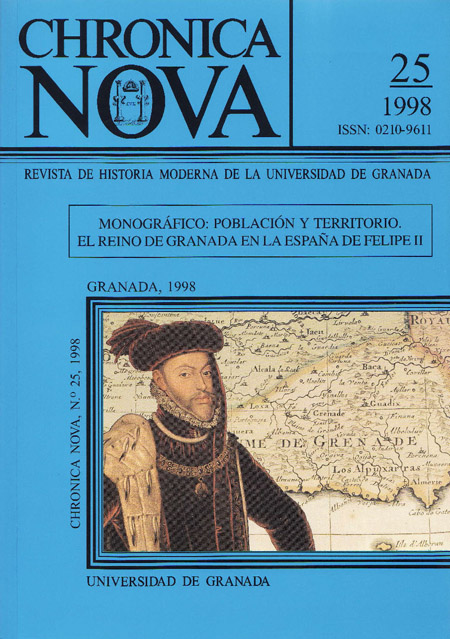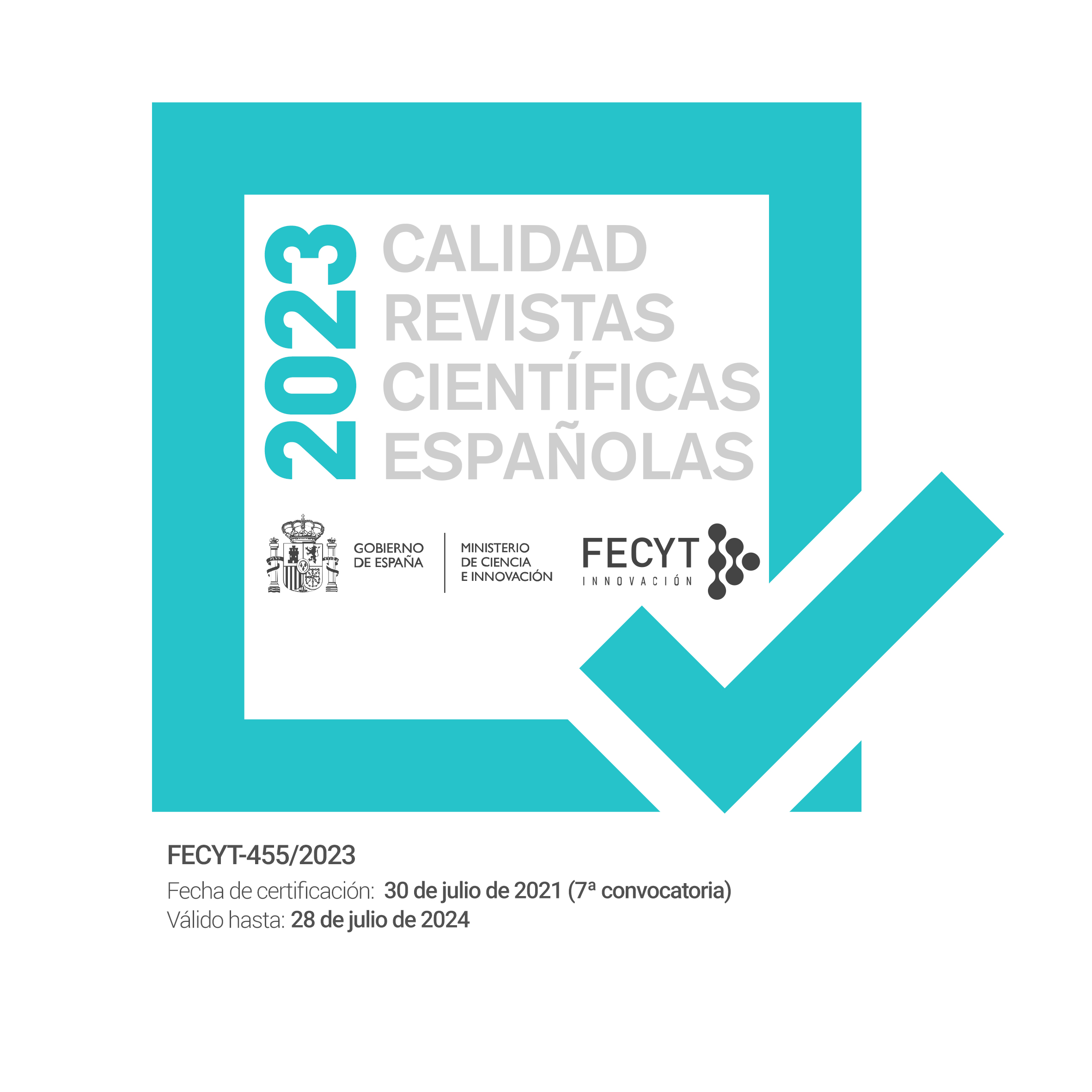Theory or practice in political and social disputes in the reign of Philip II?
DOI:
https://doi.org/10.30827/cn.v0i25.2064Keywords:
Philip II, Castile, Aragonese Crown, Disputes, XVIth CenturyAbstract
The question mark in the title of this article is both an abstract and a basic alternative. The author doesn’t deny that the reign of Philip II would have some theoretical oppositions. These ones turned into the way of the Castilian neo-scholasticism and the attitude of the Castilian parliament. But this work insist that these oppostions were limited. Waiting for a new reserch, into possible manorial tensions in the XYIth Century, the fact is that Castile doesn’t create any important problems. On the contrary, such problems appeared in Granada, Valencia, Aragon and, finally, Catalonia. The researcher can to go from one territory to another one, thanks to a common nexus: the moorish inhabitants. It’s easy to think that the moorish people were able to connect with the north-african and ottoman pressure at the Mediterranean sea. However, there were several differences between Granada, on the one side, and Valencia and Aragon, on the other. Such differences are relatives to their parlamentary development and the political and institutional facts in Valencia and Aragon, very different from Castilian Crown. This difference is also observed in Catalonia, but without the moorish presence. There, in Catalonia, the society turned more problematic and violent, because the brigandage. Even more, in Catalonia, the fueros and the parliament were very important opponents. In short, the tensions and disputes generally were only theoretical ones in Castile, but more social, institutional and daily —with changes and violent disturbances— in the mediterranean border of Spain.Downloads
Downloads
How to Cite
Issue
Section
License
Nuestra revista se atiene a las recomendaciones para la implementación del Artículo 37 Difusión en Acceso Abierto de la Ley de la Ciencia, la Tecnología y la Innovación:
- Los/as autores/as cuyas contribuciones sean aceptadas para su publicación en esta revista conservarán el derecho no exclusivo de utilizar sus contribuciones con fines académicos, de investigación y educativos, incluyendo el auto-archivo o depósito de los artículos aceptados en repositorios institucionales o temáticos de acceso abierto de cualquier tipo en un plazo máximo de seis meses.
- Preferiblemente se permitirá el uso de la versión publicada de las contribuciones científicas, que estarán accesibles en abierto tan pronto como sea posible.
-
Que en caso de que el trabajo sea aprobado para su publicación, el/la autor/a autoriza de manera ilimitada en el tiempo a la entidad editora para que incluya dicho texto en Chronica Nova y pueda reproducirlo, editarlo, distribuirlo, exhibirlo y comunicarlo en el país y en el extranjero por medios impresos, electrónicos, CD, Internet o cualquier otro medio conocido o por conocer.






 ISSN-e: 2445-1908
ISSN-e: 2445-1908










